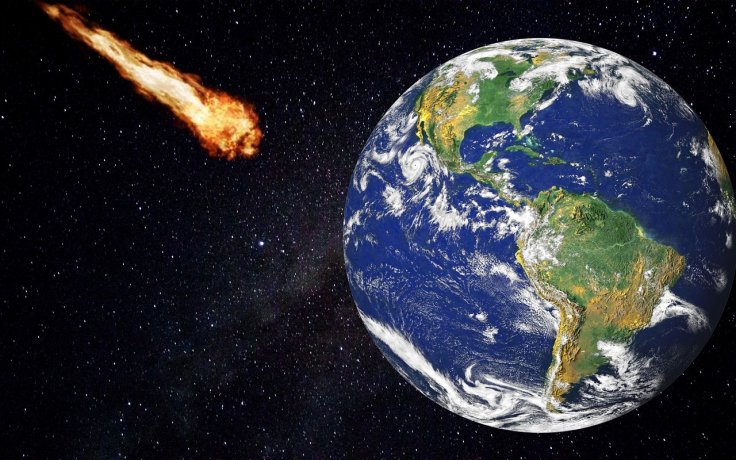It was on February 20, 1950, that astronomers discovered Asteroid (29075) 1950 DA. After an initial observation of 17 days, this space body faded away from view for more than half a century. However, in 2000, astronomers spotted this asteroid again, and analysis on the rogue space body's trajectory revealed that a close approach on March 16, 2880, could turn deadly for the earth.
A potentially hazardous asteroid
A study conducted by a team of expert researchers suggested that the impact probability of asteroid 1950 DA could be one in 300, or sometimes even more remote.
"At its greatest, this could represent a risk 50% greater than that of the average background hazard due to all other asteroids from the present era through 2880, as defined by the Palermo Technical Scale (PTS value = +0.17). 1950 DA is the only known asteroid whose hazard could be above the background level," wrote NASA on its website.

As per the study, the collision probability of asteroid 1950 DA falls in the range 0 to .33, and NASA reveals that the upper limit could increase or decrease as scientists learn more about this dangerous space rock.
Experts believe that this rogue space body has a diameter of 1.1 kilometers, and if it hits the earth, it could trigger devastation on a global scale. Considering the size of the object, it could kill millions of people in a second, and natural disasters will be triggered worldwide.
The aftermath of a possible asteroid hit
A study conducted some years back analyzed the possible aftermath if asteroid 1950 DA hits the earth in its full fury. Simulations predicted that a possible impact could create tsunamis that may reach even 400 meters high.
"It was found waves propagate throughout the Atlantic Ocean and the Caribbean. Two hours after impact, 400-foot waves reach beaches from Cape Cod to Cape Hatteras. Four hours after impact, the entire East Coast experiences waves at least 200 feet high. It takes 8 hours for the waves to reach Europe, where they come ashore at heights of about 30 to 50 feet," says NASA.
It should be noted that, in 2003, during the space summit address to the 90th Indian Science Congress, Dr APJ Abdul Kalam, former president of India had urged space agencies to formulate an effective plan to deflect or destroy asteroid 1950 DA.









